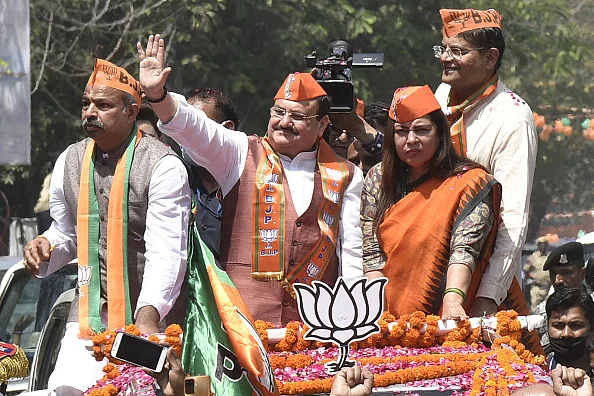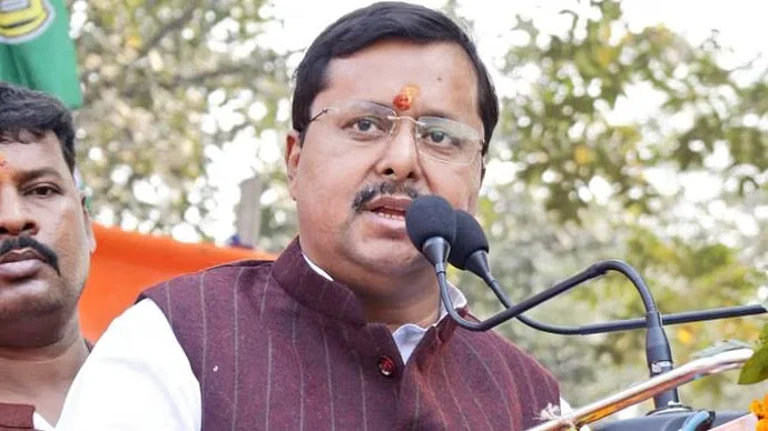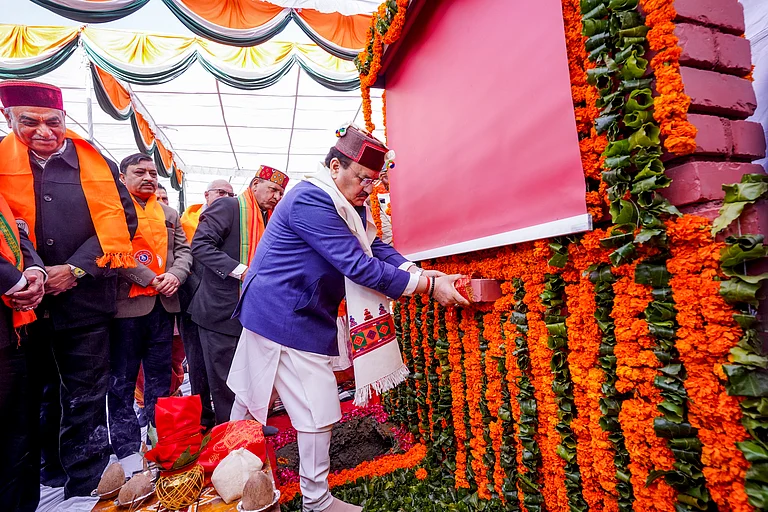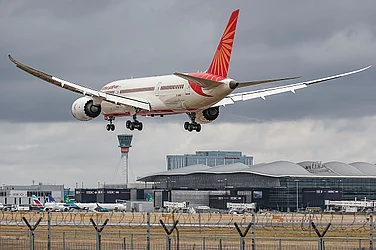The Congress party’s U.P. Jodo Yatra from Saharanpur strategically traversed 11 districts with sizable Muslim populations. The move was seen as a targeted outreach to regain lost ground, particularly in areas where Muslims constitute more than 35% of the population. These districts, including Moradabad, Bareilly, Bijnor, and Rampur, collectively account for ten parliamentary seats, making them crucial in the upcoming elections.
In response, the BJP, under its national president JP Nadda, is preparing to begin its Yatra from Muzaffarnagar on February 12. The choice of Muzaffarnagar is noteworthy, considering its historical significance as a main hub of the farmers campaign against the three central agricultural regulations that have since been abolished. This region, famed for sugarcane growing and contributing heavily to the Indian armed forces, has a sizable Jat minority, who played an important part in the agrarian movement.
The Yatra is more than just a political exhibit; it looks like a BJP’s well-thought-out plan for engaging farmers and addressing their issues. Nadda intends to visit roughly two lakh villages, soliciting feedback from farmers on their wants and aspirations. This strategy is consistent with the BJP’s efforts to engage with rural voters, given that farmers account for a sizable percentage of Indias population.
The BJP plans to launch the yatra from Shukra Taal, a spot linked with Veda Vyas, the mythical author of the Mahabharat, using a farm-centric message and a Hindutva pitch. The celebration will include formal worship of a cow, tractor, and plough, representing the party's commitment to both agricultural and traditional values. The event will be live streamed across the country, with 300 famous local farmers taking part, adding to its grandeur and reach.
Muzaffarnagar’s strategic importance is clear not just from its affiliation with the farmers movement, but also from its large Jat population. Rakesh Tikait, the agricultural agitations outspoken face, comes from Sisauli village in Muzaffarnagar and belongs to the Balyan Khap, Uttar Pradesh's largest Jat Khap. The BJPs choice to honor farmers leaders and ex-soldiers in this region represents an attempt to bridge the divide and develop trust with groups who have been at the forefront of demonstrations.
Beyond the optics, the Yatra serves two purposes for the BJP. First, it addresses the farming community's concerns, which are politically significant. Second, it enables the BJP to tell farmers about different government policies and solicit input throughout the yatra. This comment is allegedly being examined for inclusion in the BJPs manifesto for the next Lok Sabha elections.
The Yatra also aligns with Prime Minister Narendra Modis narrative, which recognizes just four castes: women, youth, farmers, and the impoverished. This attitude counters the Oppositions call for a caste census by emphasizing the BJP’s commitment to inclusive development and outreach to other socioeconomic groups, including as OBC’s, EBC’s, Dalits, and tribals.
As both the Congress and the BJP use yatras as strategic instruments to engage with voters, the political scene in Uttar Pradesh is expected to become more active in the run-up to the elections, with each party competing for the support of distinct demographic groups. The following months will reveal how these yatras have shaped election narratives and influenced voter opinion in this critical state.


























